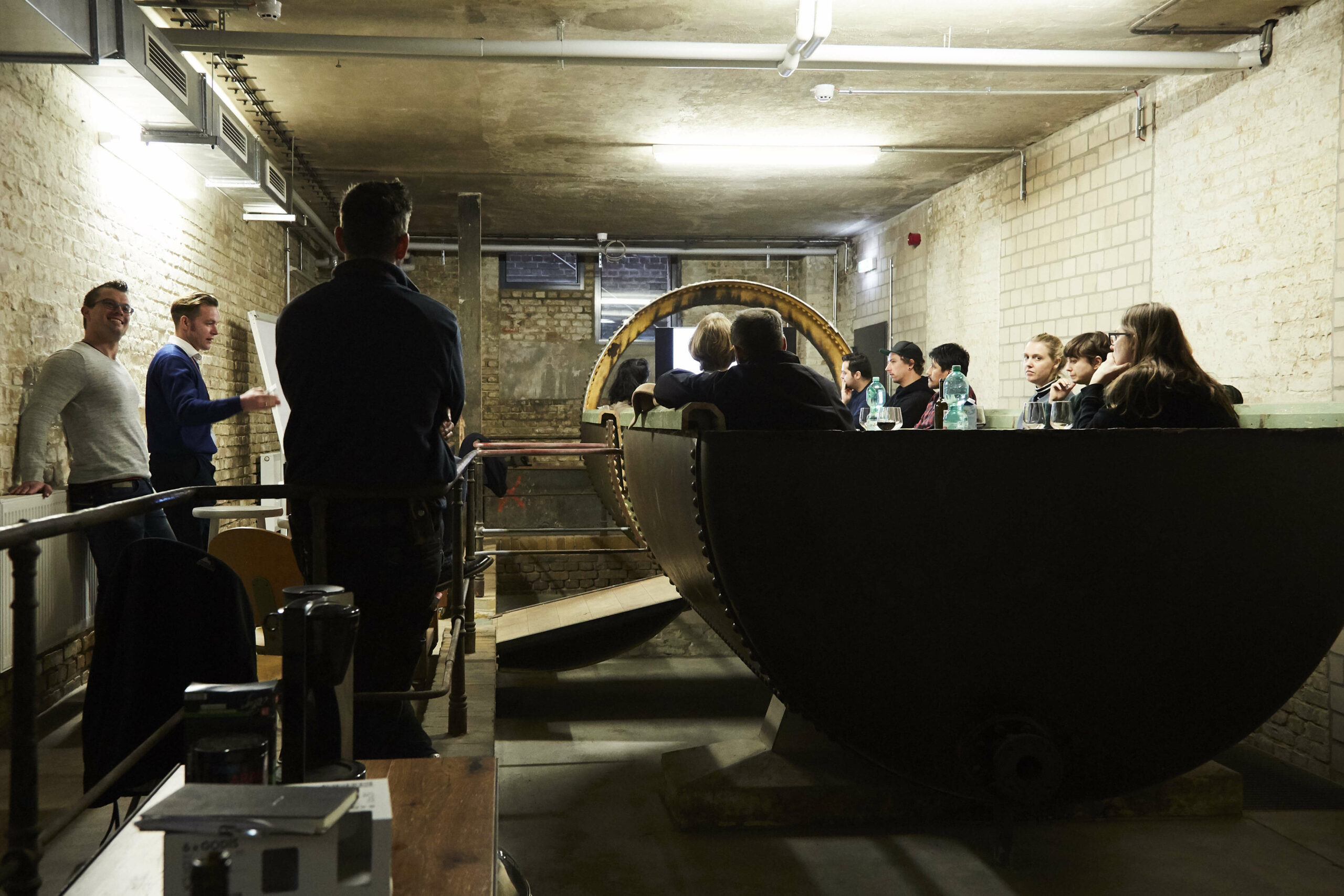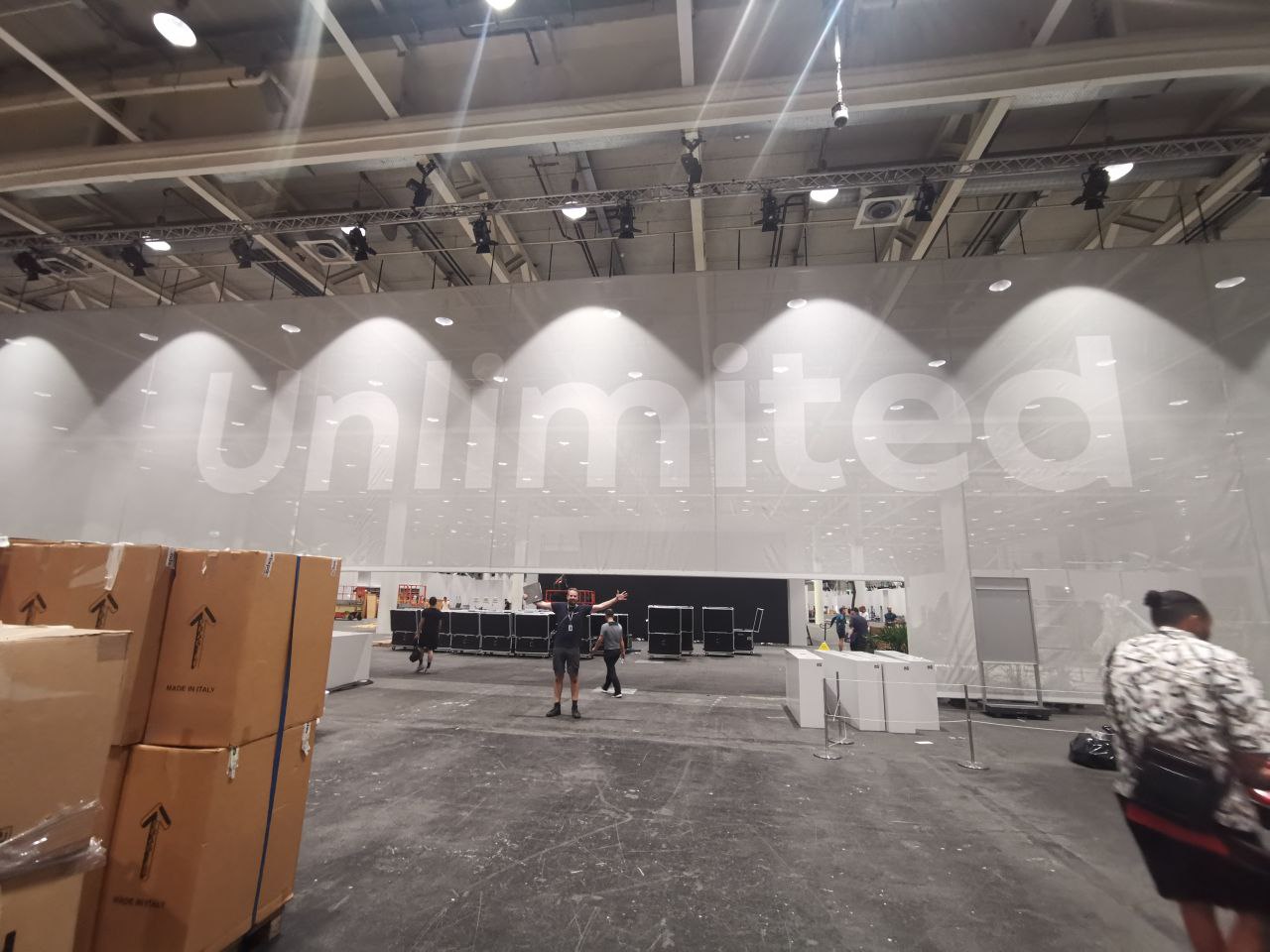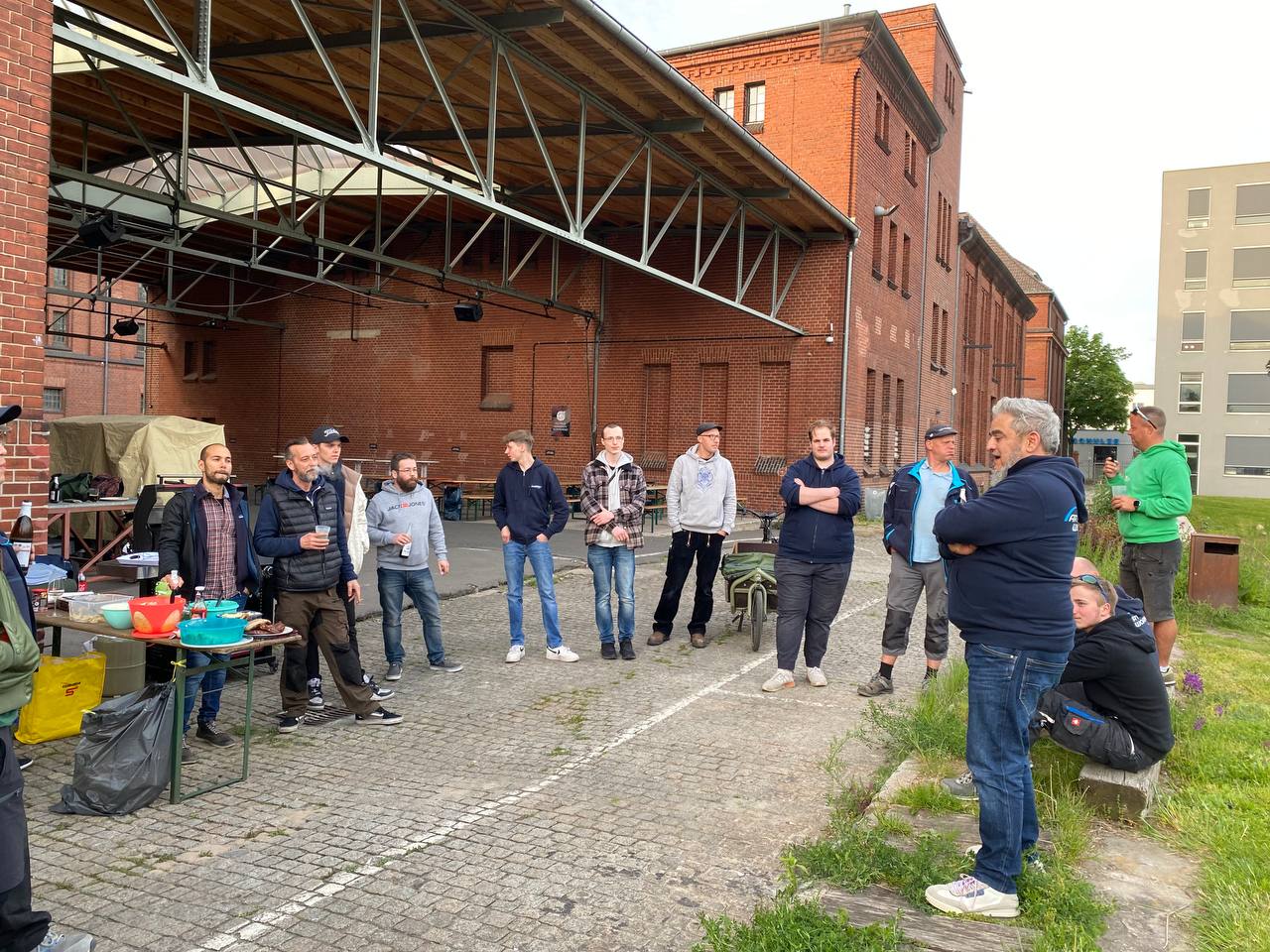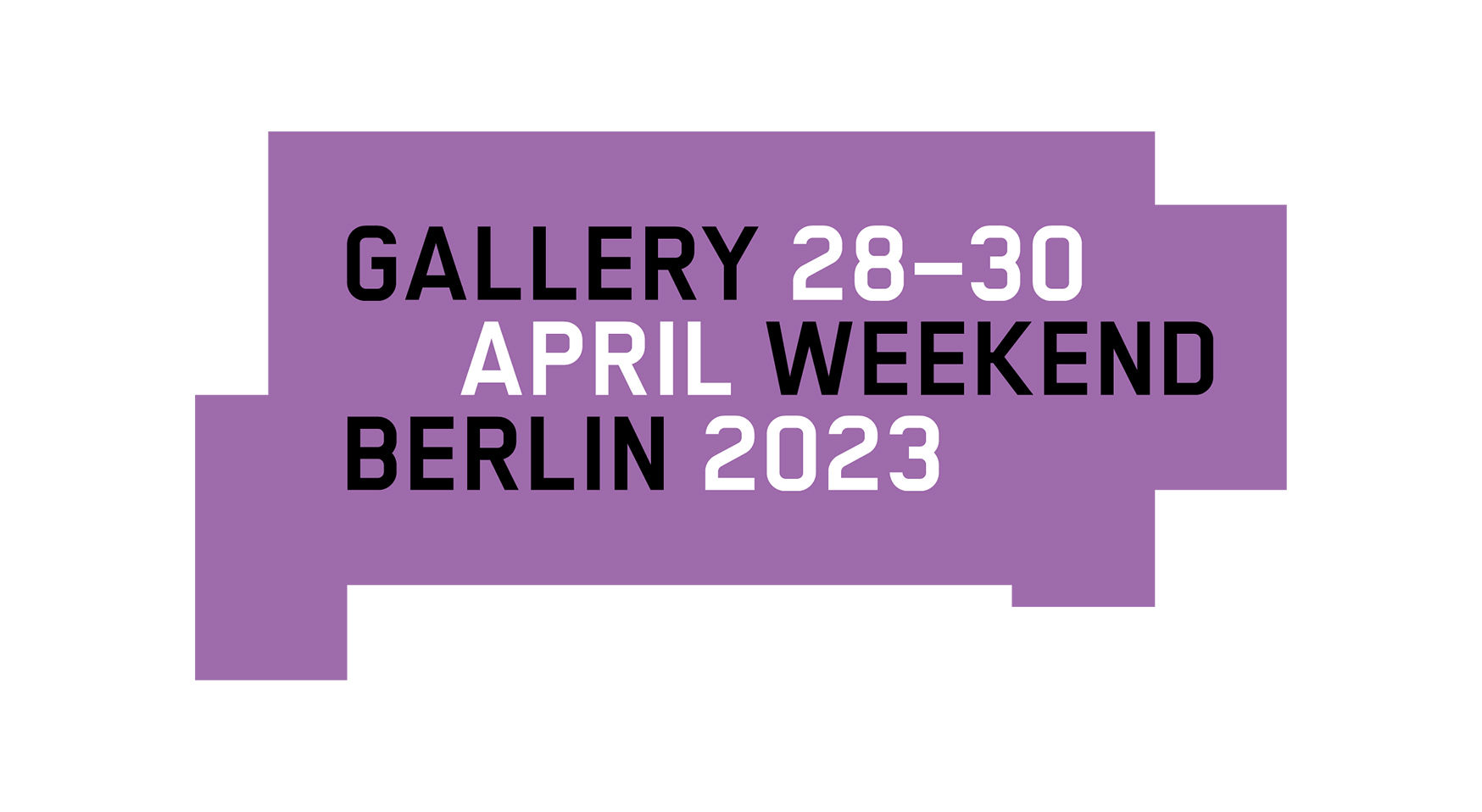The year has started with an exclamation mark.
This year, we were able to win over our long-standing air freight agent Mr. Weckwerth for our training. He was an enrichment for the discussion group. We were able to welcome several gallery employees as well as registrars of collections and studios who were interested in the topics of air freight, airport security and customs clearance. What was it about, what was discussed?
Basically, we wanted to highlight the cooperation between Artseco and the air freight forwarder. Mr. Weckwerth from QCS introduced us to his family-run company and explained the need for a good partner at the customs office of exit. What external influences affect the air freight rates, how is the air freightable weight actually calculated? How is your art crate loaded, why does it usually not fly directly from Tegel to other countries?
From a value of EUR 3,000, your shipment must first be presented at the inland customs office or cleared through customs, after which it is presented again at the customs office of exit (airport). The customs office must check every export as well as every import. You can imagine that you will lose the emotional connection to your work of art as a result. They only work with the facts that they write on the invoice. If there is something on there that the customs office doesn’t like or doesn’t seem logically comprehensible (because papers are missing, values are inconsistent, etc.), they will question it, open the crate or, in the worst case, reject it.
To do this, you work with experts who are better able to assess the requirements of the customs office and can point out the errors, which are usually hidden in the details, in advance. How to open the correct invoice so that you are best covered in the event of a claim. This is where the “Incoterms” come into play; what do they mean, which Incoterms make sense for your booking? What responsibility does the seller, i.e. you, bear for your transport, and which should your customer bear?
After the events of 9/11, aviation has unfortunately become very susceptible to terrorist attacks, which are taken into account by various means. Therefore, all shipments are checked for explosives; each one in a different way depending on its size. Sometimes the entire truck goes through the x-ray machine, sometimes just the box and other times we have to physically open the boxes depending on the airport’s facilities. Sniffing with the help of technology or with dogs for terrorist threats such as explosives sometimes requires a little more effort… this can be clarified with your partner in advance.
What power do the airlines have, how secure is the assurance of a departure, at what point is a shipment considered delayed in the eyes of the airlines? How can you protect yourself here, how does this guarantee affect your transport price? This and much more could be discussed in the seminar room provided by the Malzfabrik. The company QCS donated an excellent wine, which was very well received during the seminar.
At the end, Mr. Scheidig from Artseco gave a presentation on the various customs procedures; simply to round off the 1×1 of art customs clearance. We were very pleased about the great interest shown by the galleries, and I was particularly pleased about the producers’ gallery, which even traveled from Hamburg to take part in the training. If you have any ideas about what you would like to learn more about, please write to us. We will be happy to incorporate this into the next training course in January 2019. If you would like more information about our training course in the form of a PDF or Power Point presentation, simply contact us.
You can find a larger selection of photos on our Facebook page: https://www.facebook.com/artsecoGmbH/
Thank you for your interest and we will stay on the ball for you…
Your Artseco Team











